Imagery in Characterization
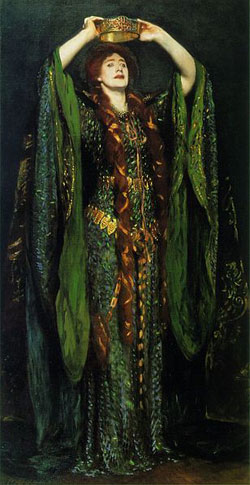
Source: Ellen Terry as Lady Macbeth, John Singer Sargent, Wikimedia
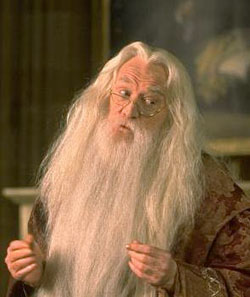
Source: dumbledore, williamcromar, Flickr
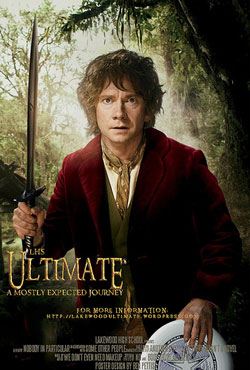
Source: The Hobbit, benpettis, Flickr
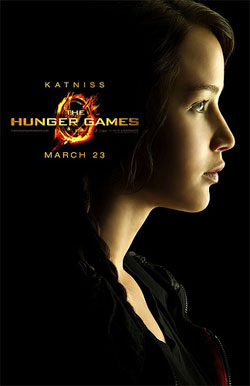
Source: 6 The Hunger Games Katniss, Cinema per tutti, Flickr
You learned in the last section that writers can start with a basic idea—a boy being followed by dogs—and by adding words that appeal to our senses, they can end up with two very different stories. Writers use imagery when they want us to have as much information about a character as possible. The clues that we get from sensory words give us ideas about the characters that go beyond how they look. In the two passages that follow, the writers have very different styles, but both use imagery to allow the reader to get a clear idea of what each character looks like and even some insight into their personalities.
The first example of imagery is from the short story “A Worn Path” by Eudora Welty. After you finish reading, follow the directions and answer the questions that follow.
She wore a dark striped dress reaching down to her shoe tops, and an equally long apron of bleached sugar sacks, with a full pocket: all neat and tidy, but every time she took a step she might have fallen over her shoelaces, which dragged from her unlaced shoes. She looked straight ahead. Her eyes were blue with age. Her skin had a pattern all its own of numberless branching wrinkles and as though a whole little tree stood in the middle of her forehead, but a golden color ran underneath, and the two knobs of her cheeks were illumined by a yellow burning under the dark. Under the red rag her hair came down on her neck in the frailest of ringlets, still black, and with an odor like copper.
What is the most important image in the description of the woman in the text? Does her physical description tell you something about her character or her personality? Explain your answer and support it with evidence from the reading passage.
Use your notes to write your response. When you’re finished, check your understanding.
Sample Response:
You might have written that since the apron was made from sugar sacks, the woman might be poor. The image of the unlaced shoes might support this idea. There is also description to suggest that she is old but still vibrant. For example, “Her skin had a pattern all its own of numberless branching wrinkles and as though a whole little tree stood in the middle of her forehead, but a golden color ran underneath.”
CloseThe next example of imagery used in characterization is an excerpt from the novel Jane Eyre by Charlotte Brontë. After you finish reading, follow the directions and answer the questions that follow.
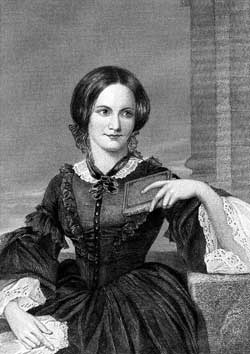
Source: Engraving of author Charlotte Brontë, Evert A. Duyckinick, Wikimedia Commons
Two young ladies appeared before me; one very tall, almost as tall as Miss Ingram—very thin too, with a sallow face and severe mien. There was something ascetic in her look, which was augmented by the extreme plainness of a straight-skirted, black, stuff dress, a starched linen collar, hair combed away from the temples, and the nun-like ornament of a string of ebony beads and a crucifix. This I felt sure was Eliza, though I could trace little resemblance to her former self in that elongated and colorless visage.
What is the most important image in the description of the woman in the text? Again, can you make some predictions about the character based on the sensory words in the passage? Explain your answer and support it with evidence from the reading passage.
Use your notes to write your response. When you're finished, check your understanding.
Sample Response:
Because of the imagery here—the description of her face as sallow and severe and her clothes as plain—we might think that either Eliza is not happy, or that she is very serious.
CloseNow think of someone you know and follow the patterns above to write a short description of that person. Readers should be able to imagine what the person looks like based on your description. Use lots of words that ask the reader to see, hear, touch, taste, and smell.
In the space provided, try your hand at creating sensory images as you write.
Use your notes to write your response. When you’re finished, check your understanding.
Sample Response:
Here’s an example of someone I used to see in my neighborhood when I was growing up:
“Walking Henry,” as we called him, was homeless before I knew the word “homeless” and knew that homeless people existed. He scavenged through our garbage can every couple of days. He was old with thick sun-hardened wrinkled skin: his face caved in so that he was all eyes, nose, and jowls; he had no teeth. Sometimes I got close enough to see the stickery-white hairs on his chin. He always wore an old faded coat, floppy pants, and a pith helmet. If you got close to him, he would look at you and mumble under his breath in a mishmash of words, but keep to his task of sorting through yesterday’s supper scraps, as though he didn’t want to be bothered while he made that day’s dining decisions.
Close